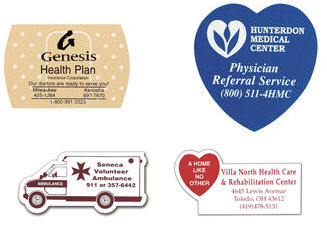A recent post on Experience Matters offered a great example of how you can design a user experience around an existing need. Their example is YouTube:
- Consumer Need: The ability to share themselves with potentially millions of others through site and sound.
- Augment Behavior to include Brand: In the case of YouTube … perhaps the best use of this network was not for a brand to spread its own content, but help consumers share their own. After all, the initial consumer need identified above was the desire for consumers to share themselves with the masses. Wouldn’t it make more sense to empower them in continuing this behavior rather than competing against them? If successful, this takes the process full circle and makes the brand-infused behavior become part of the original consumer need.
- Why is this behavior occurring?: YouTube made video distribution easier (on a mass scale) than ever before. It didn’t require hosting a server or website, or being isolated to sending your large files across flaky channels. From a content consumer perspective, YouTube and sites like it offer the depth and variety that professional producers simply cannot match. The quality (for now) of the content is obviously not comparable but consumers are willing to look past it because the content is original, very controllable, and often more personal.
- Consumer Behavior: Millions of people are uploading their thoughts, talents, and parodies onto a video sharing network. Even more millions of people are watching those videos (the majority of which are user generated, not professional).
They call this reverse engineering. But really, it’s simply finding a need and filling it in a unique and viral way. Major online successes are the clearest examples to describe this process because their imprint is so deep and the applications are so new and different from the status quo. Here’s another example:
The Birth of Amazon
Jeff Bezos set out to make an e-commerce site. Period. He reverse-engineered from a fundamental desire to buy something in your underwear (so to speak) and not to buy books. It turns out that books simply met the right criteria for ease of warehousing and shipping. Also, books were searchable in a vast and accurate — but, before Amazon, difficult to access — database.
The success of both of these examples is obvious. Len Kendall of Experience Matters defines success this way: “When a brand can improve or change a consumer’s behavior so it still satisfies their initial needs.”
He goes on to say that a really big success is when a brand can radically change consumer behavior in a way that makes it virtually inseparable from the initial need.
The Killer App For Your Brand
What is the fundamental need that your audience wants to fill? How can you satisfy that need with your brand and some unique technology?
As an experiment, I tried this reverse engineering exercise with a brand that seems the very antithesis of high-tech. Next week I’ll reveal the brand and the solution.

 Way back on April 9 this ad series first captured my attention, although at the time it wasn’t testing headlines customized to age and gender, as this newest batch does. At the time I made a number of screen captures, and took some notes, but didn’t blog about it then.
Way back on April 9 this ad series first captured my attention, although at the time it wasn’t testing headlines customized to age and gender, as this newest batch does. At the time I made a number of screen captures, and took some notes, but didn’t blog about it then.